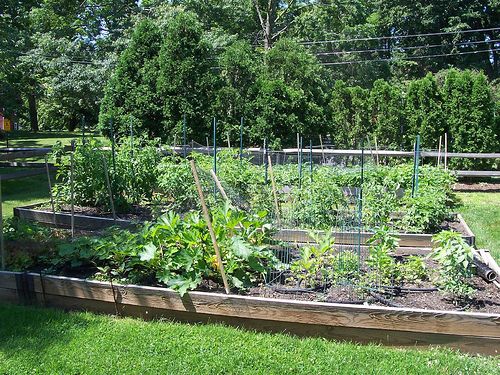
I think the average homeowner overlooks the many joys of grass clippings. This stuff is a valuable resource with all the versatility of duct tape. Gathering cut grass and having it hauled away is an incredible waste of nutrition (and money) for both the lawn and compost pile. Leaving the grass clippings where they fly fertilizes your lawn with a nitrogen boost, while providing a mulch that helps retain moisture and smother weeds.
This just may be the easiest “cycling” you may ever do in your life. The simplest way to start is to use what you have; no mulching mower required. You start with dry grass – never mow the grass while it’s wet. Then before you start, adjust the blades on your lawn mower so that you’re only cutting the top third of your lawn. Make sure there’s no bag attached and then mow. There’s nothing to do before and nothing to do after. Grasscycling is environmentally sustainable, saves time, money, and water. Not to mention it helps keep your lawn free of weeds and pests.
An alternative to just leaving the grass blades where they fall, is to toss them into your compost bin or pile. Grass clippings are pure nitrogen (green) really know how to heat up a compost pile. They get everything rockin’ and rollin’ in there plus add phosphorus and potassium for good measure. The trick with grass in your compost is to make sure you don’t layer it too thick – keep it under 4″. The best way to add it is to mix it up with a coarse carbon (brown) like straw so that oxygen can circulate an it doesn’t become anaerobic. Oxygen deprivation leads to bad odors.
While grass clippings can be used anywhere that you’d lay mulch, the foundation plantings (landscaping) around your home may not be the best place simply because they aren’t as attractive as other mulches for shrub borders.
The optimal place to use grass clipping mulch is in with the vegetables. The grass has a tremendous amount of nitrogen to burn. So, when you put the clippings around veggies such as tomato plants, it warms the soil up – which gets the plants on their way to production. Not to mention all the nitrogen that’s released into the soil as they breakdown. Don’t forget that the 4″ rule applies here, too. Keep the grass layer on the thinner side and you’ll have no problems.




















Comments
Log in or create an account to post a comment.
Sign up Log in